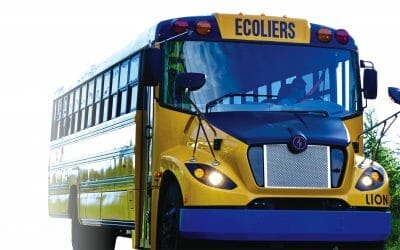Automotive & Transportation.
Moving quickly on e-mobility and autonomous vehicle trends, and steering to success with solutions for electrification, smart manufacturing and connectivity
Vehicle Electrification
The growth of electric vehicles and e-mobility has intensified demand for durable printed circuit boards (PCBs) and other electronic components. Traditionally, manufacturers and suppliers used physical testing to test the reliability of these systems. Failures meant risking delays and cost overruns if there was a need for redesign.
Vehicle makers now demand proof of reliability earlier in the development process. That’s where simulation comes in. Maya HTT can provide you with modeling and simulation solutions for virtual testing of PCBs, electronics, and electrical systems including component tolerances and a full range of operational environments.
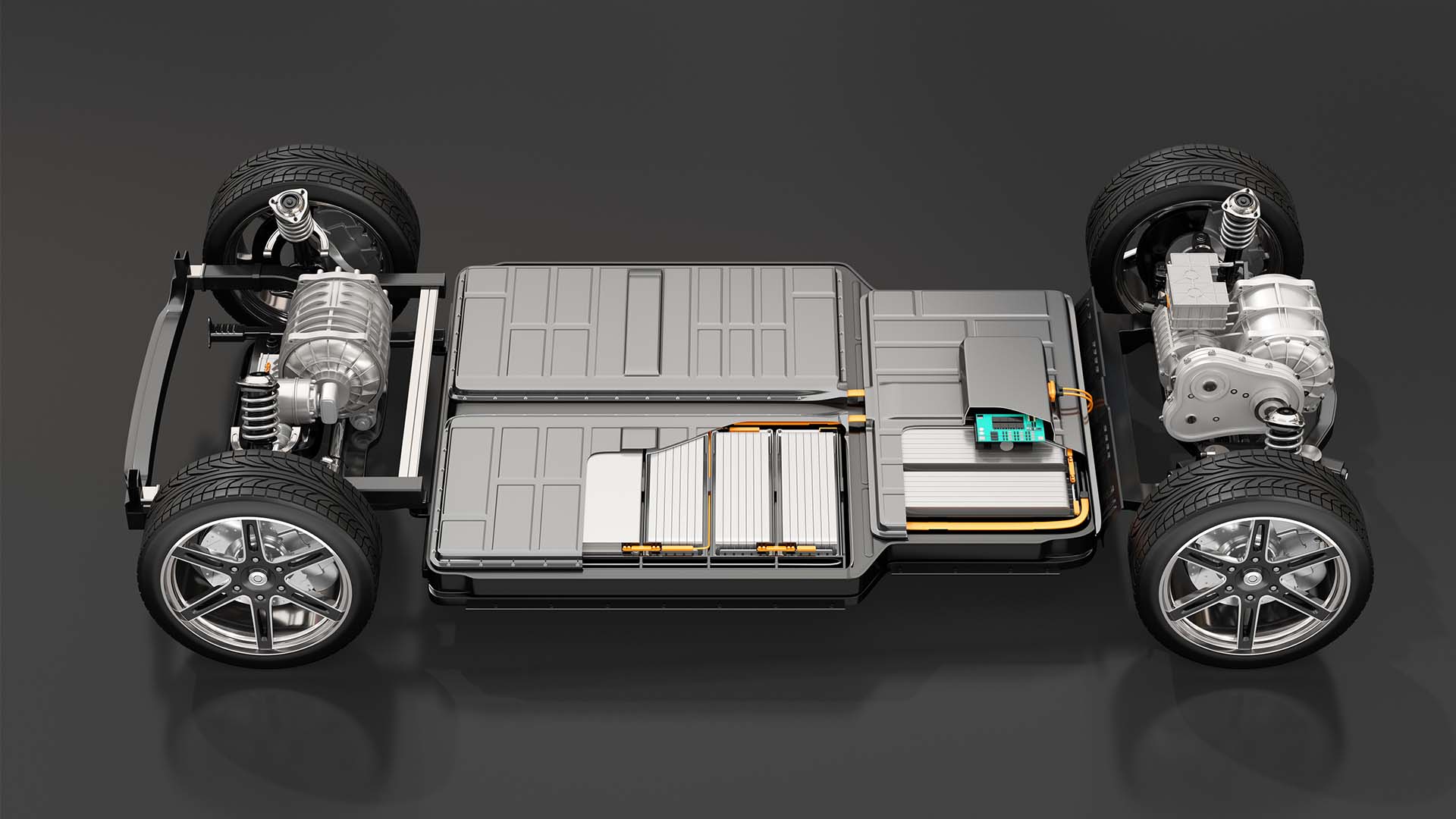
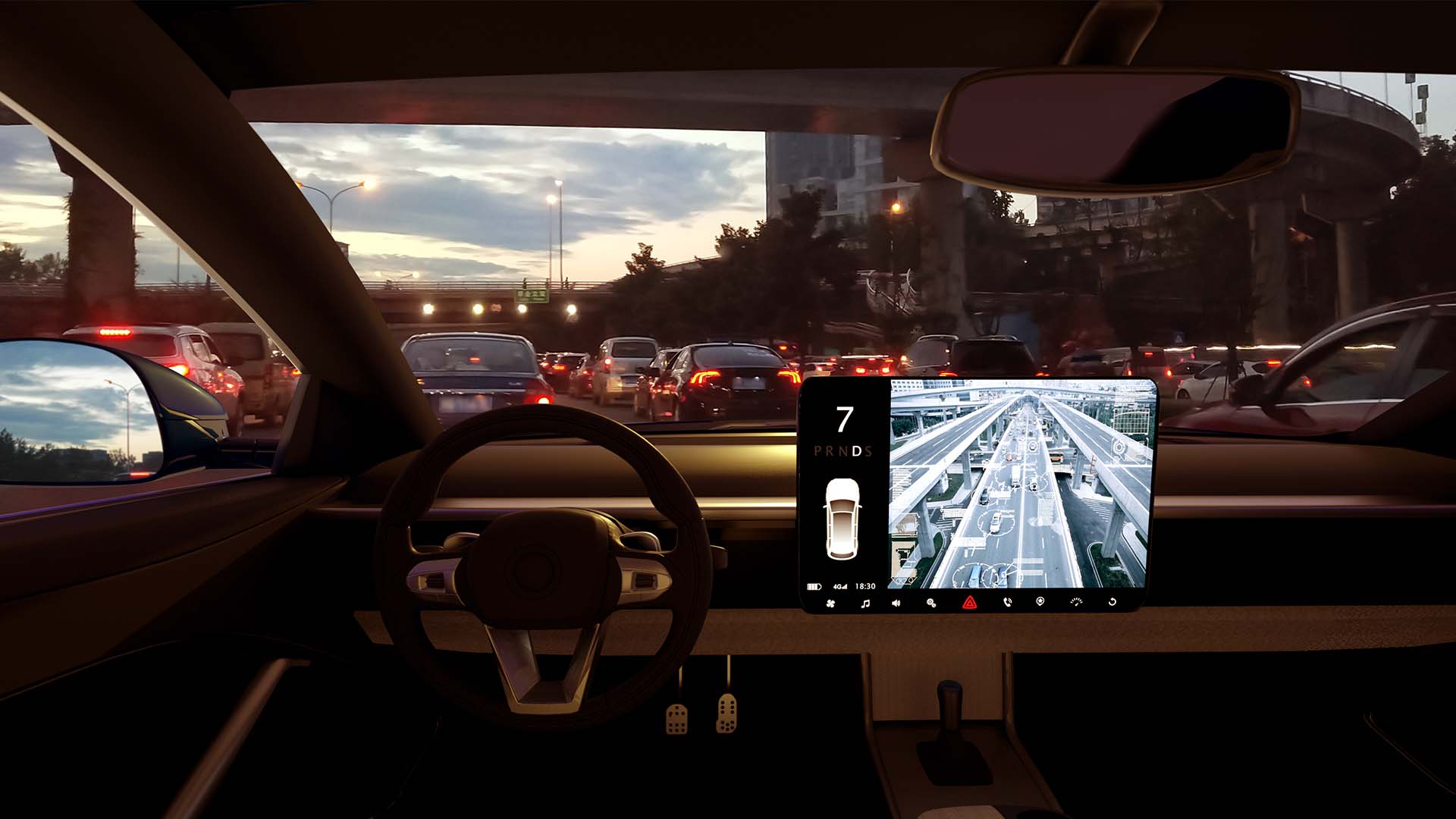
Autonomous Vehicle Development
The development of smart and connected autonomous transportation solutions powered by AI is creating new challenges. Given the importance of safety and 100% reliability, working with solutions that support the entire product lifecycle – from concept and design through manufacturing and on to service maintenance – is critical to success.
Ask us about the software we offer to design and build self-driving vehicles and systems. A digital twin can also maximize your return on R&D and ensure you stay on time and on budget.
Software and Systems Engineering
Modern vehicles powered by internal combustion are already complex – the move to hybrid and fully electric drive systems ramps up the complexity. Engineers working on software and systems for vehicles benefit from a new approach: generative design.
Generative design and engineering introduces rules-based automation to the design process by producing architectural proposals for the logic, software, hardware, and networks used in a vehicle’s systems. Essentially, a solution supporting generative design captures the accumulated knowledge of experienced engineers and uses it to guide younger engineers along the design and development cycle, beginning with functional models that account for a multitude of factors.

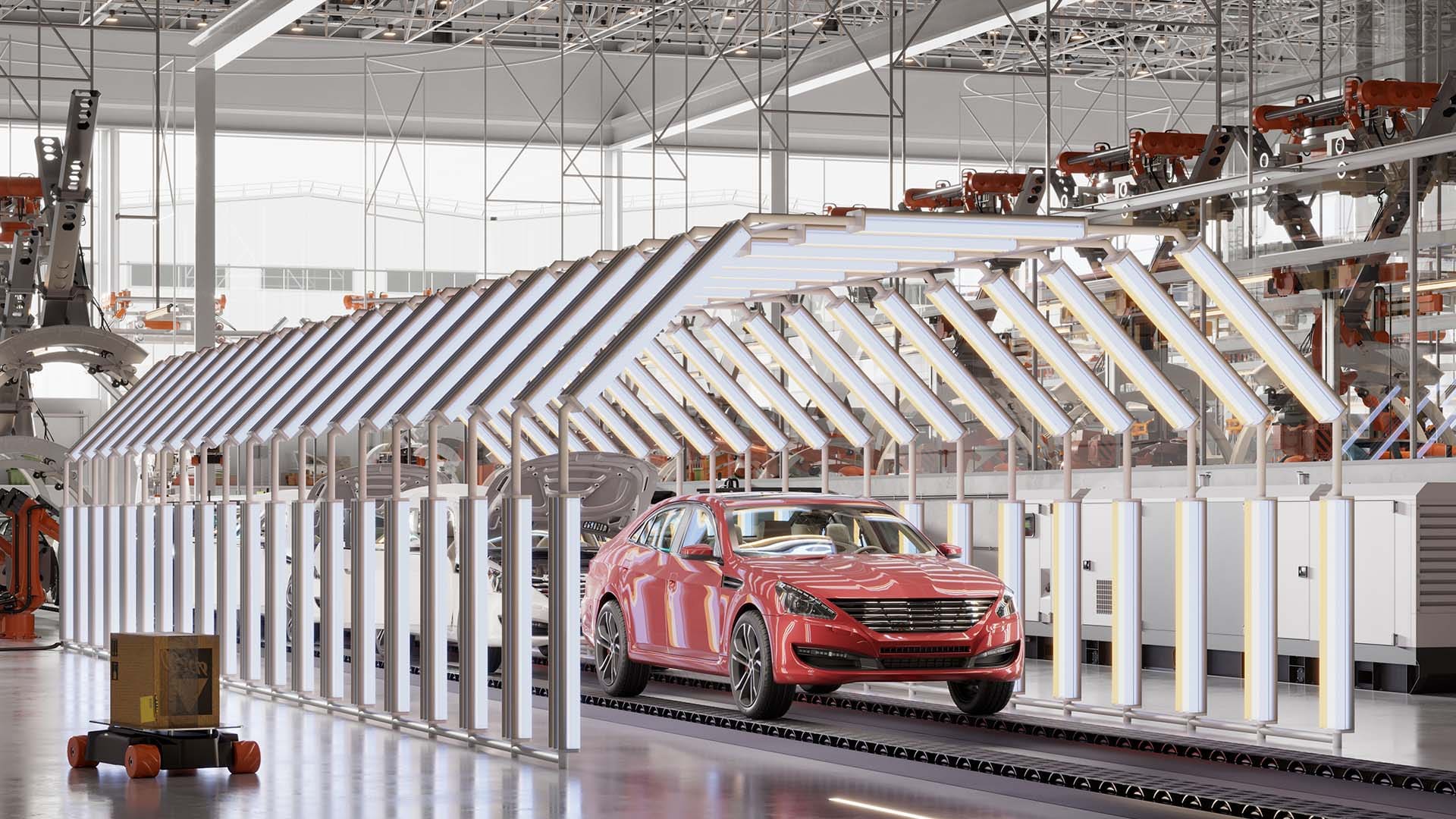
Accelerated Product Development and Smart Manufacturing for Vehicles
The focus on sustainability and energy conservation can extend beyond fuel-efficient or green vehicles to include the production of those vehicles. Using a digital twin allows you design, simulate, and optimize production and assembly with greater energy efficiency.
For example, with NX CAM and other solutions, you can optimize inventory and warehouse processes and boost the productivity of cut plans. Accurate costing is a another benefit, along with faster part machining and more efficient use of tools. This leads to lower energy consumption and quality improvements that reduce scrap. In addition, our smart manufacturing solutions enable increased automation to address worker shortages.
Engineering vehicle performance
IoT and Analytics for Vehicles
Manufactures face pressure to reduce costs while adjusting to trends including:
- Demands for sustainability
- Increasing automation
- Skilled worker shortages
- Supply chain uncertainties
Data support your efforts in these areas. And, once vehicles are on the road, connectivity and data analytics can help with everything from preventive maintenance to collecting real-world performance information to support design optimization.
You can address these challenges with the Industrial Internet of Things (IoT) and analytics. Let Maya HTT help you attain the practical rewards promised by data, artificial intelligence (AI), and machine learning (ML).

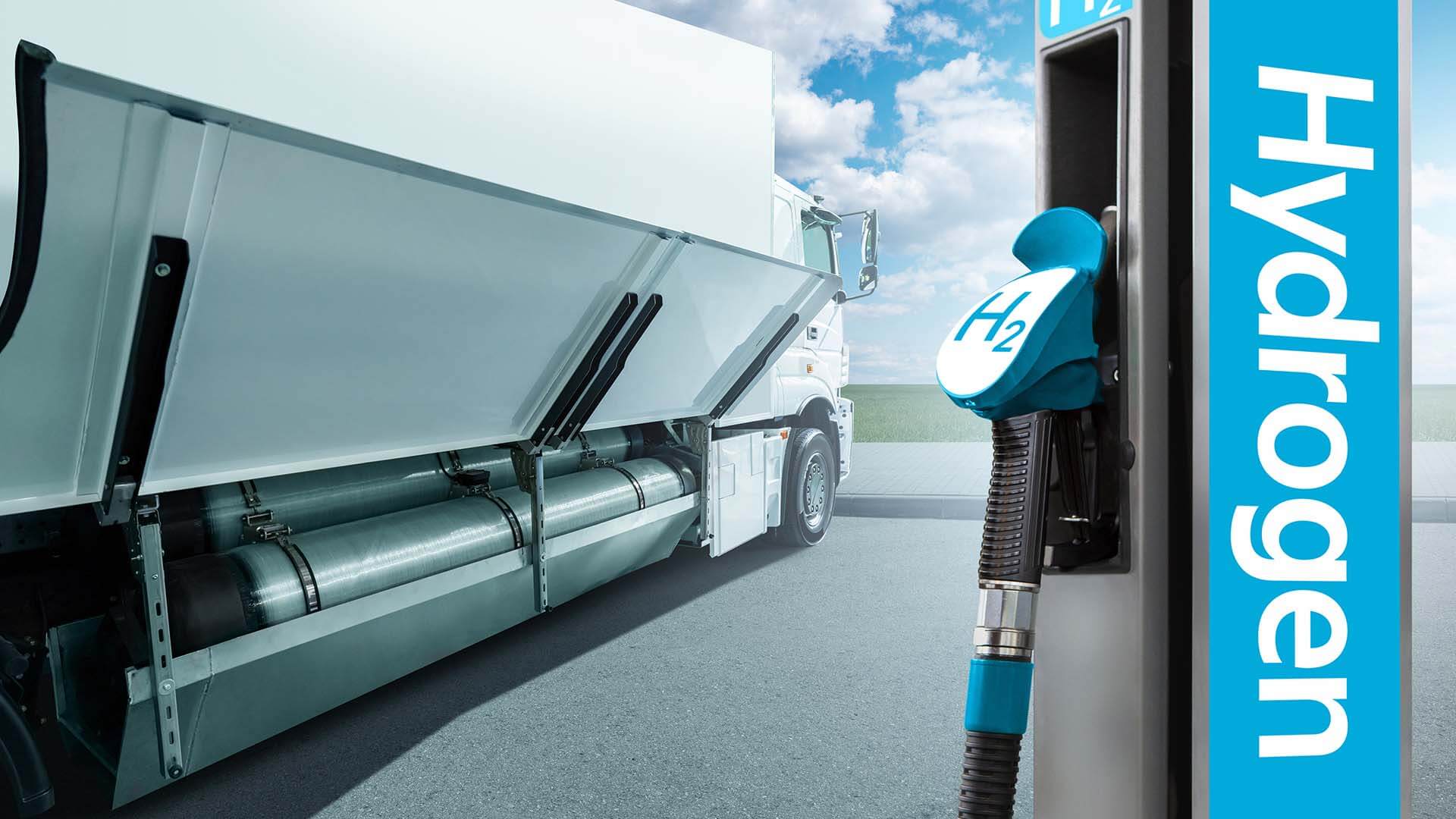
Trains, Trucks, and Buses
Forecasts for the future of automotive and transportation usually predict a mix of propulsion systems. Internal combustion engines (ICEs) will remain, but in a reduced role. It’s expected the remainder will be some combination of battery electric vehicles (BEV), hybrid-electric, and fuel cell electric vehicles (FCEV). Growth in the latter category is mostly expected in large vehicles like trucks and buses.
The Simcenter portfolio of solutions allows engineers to quickly model fuel cells and battery designs, predicting real-world performance as well as the interactions between different subsystems and the impact of geometries.
Innovations in Recreational Vehicles
Boats and other watercraft, snowmobiles, off-road buggies, and recreational aircraft have been moving to electrification even quicker than automobiles. It’s common for engineers of recreational vehicles to go through many iterations of a design before it’s ready to move on to production.
The right software reduces the time and effort it takes to move through multiple iterations, and also enables the use of component libraries to accelerate subsequent development. As an example, one innovative manufacturer of power sports equipment used HEEDS for its acoustic simulation to reduce noise, vibration, and harshness (NVH) and quickly found the optimal solution.
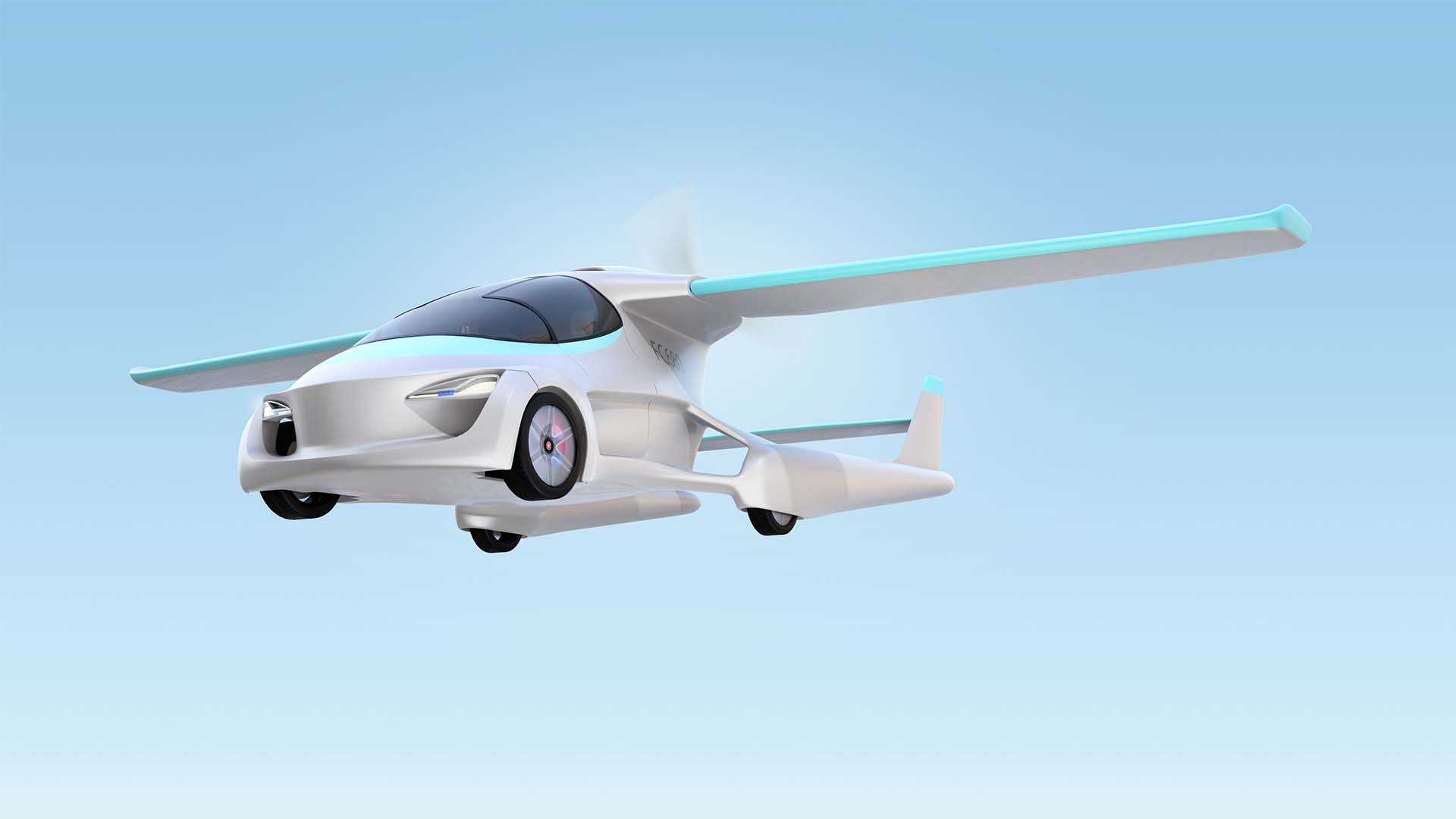
Better successes, better stories
The fast track advantage of designing with Siemens software
This is a true comeback story. The McGill Formula Electric team won overall champion in the 2020...
Zero-Emissions Innovation
The Lion Electric Co. worked with Maya HTT to identify the best digital analysis tool for...
Hendrick Motorsports
Hendrick Motorsports Premier NASCAR team uses lessons learned as catalyst for improvement....


